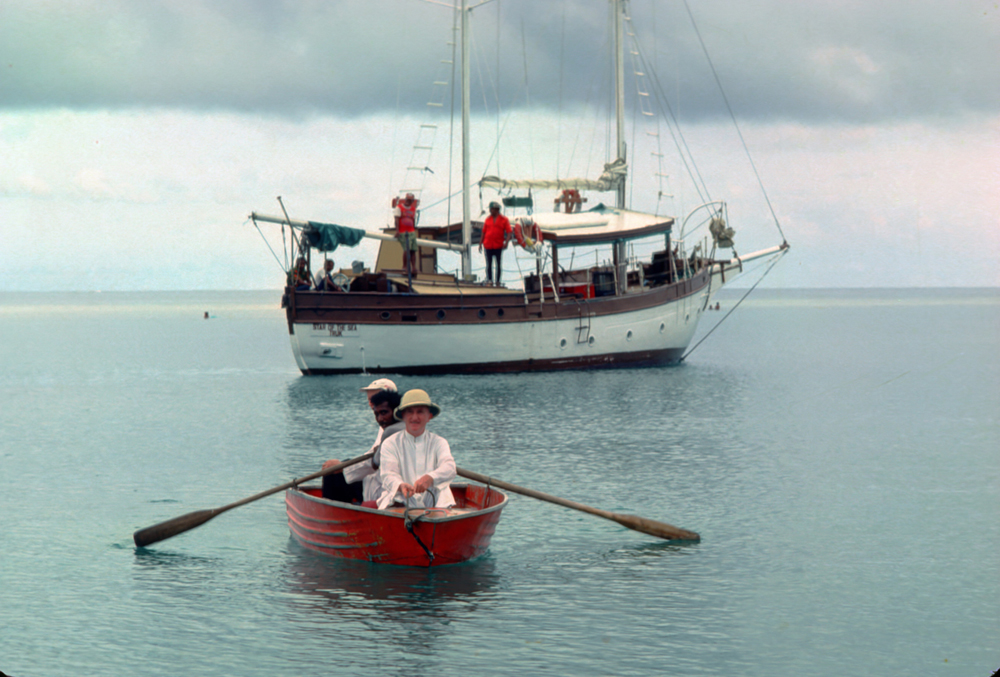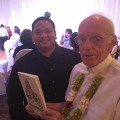A Band of Explorers
We just missed it, but I was in the mountains in upstate New York with my ?extended family? of 60+ relatives at the time. July 31 was the feast of St. Ignatius Loyola, the founder of the Jesuits. So, even if this comes a bit late, let me exercise my bragging rights and share with you a reflection or two on the religious order that I have belonged to for the past 58 years.
Jesuits are often celebrated for their contributions to learning. We still run hundreds of high schools and universities throughout the world, even though the number of Jesuits had dropped from 32,000 when I entered in 1956 to just about half that today. Jesuit contributions to science and other disciplines are widely celebrated. Take astronomy, for instance. A dozen or two of the craters on the moon are named for Jesuit astronomers. Jesuits also played a leading role in the development of physics during the 17th century. Then there are the Jesuit theologians: Karl Rahner, John Courtney Murray, Teilhard de Chardin, and Avery Dulles?to mention just a few of the more prominent ones. This may explain why so many of us without higher degrees or comparable accomplishments turn bright red in the cheek when we hear people praise Jesuits for their brilliance.
However strong the Jesuit reputation for learning, another characteristic of the Society has always appealed to me even more. Jesuits, at their best, are explorers, men willing to leave the highway and wander up the tough trails into uncharted regions. The two Jesuits, among the 100 persons (two for each state) whose statues stand in the rotunda of the Capitol Building in Washington, are Fr. Jacques Marquette and Fr. Eusebio Kino. Both were priest-explorers, men on the move?one of them working his way down the Mississippi River and the other surveying the southwest. Ignatius may have loved the cities, as the saying goes, but his men seem to have found a home on the frontier as often as not.
Good that they did; otherwise, they would never have made it out to Micronesia. We?re all familiar with the names of these latter-day explorers?Ed McManus, who spoke classical Palauan with a Brooklyn accent; and Bill Rively, the priest-turned-boat captain who cared for the Mortlocks for 40 years. There was also Len Hacker, who built schools and began a legendary band in the Marshalls; Hugh Costigan, the founder of PATS and so much else on Pohnpei; and Jake Walter, insistent that his Outer Island Yapese be educated without surrendering their traditional dress and culture.
Americans they might have been, but we?d all have to agree that they had a healthy respect for the people they found and settled in with. They were missionaries, of course, like the Spanish Jesuits who came to Micronesia 30 years earlier, but that didn?t mean that they were not prepared to take the islanders and their cultures seriously. Explorers, by definition, encounter new people with new ways. The best of them protect rather than destroy what they have found.
I?d like to make the same claim for Diego Luis de San Vitores, the Jesuit who arrived on Guam in 1668 and began the first mission in the Pacific, even if some continue to blame him for everything that happened to the Marianas during the next 300 years.
So, let me give a shout out for the Jesuits on their founder?s feast day. Jesuits are religious, of course?men on a mission. Much has been made of Jesuits? obedience, but I?ve never thought of that as the main characteristic of the order. To me, the most admirable trait of Jesuits is a readiness to wander off the main road and explore. Some lose their way after they leave the highway and are never seen again. Others find themselves in a dead end somewhere, unable to go any further. But such is the risk of explorers.
Many others open up new vistas. Some distinguish themselves by charting the heavenly bodies, others propose new ways of looking at God and his world, and still others search for those peoples living out of the mainstream. Exploring, charting and cherishing what is found, and protecting it afterwards?it?s all part of the mission.








